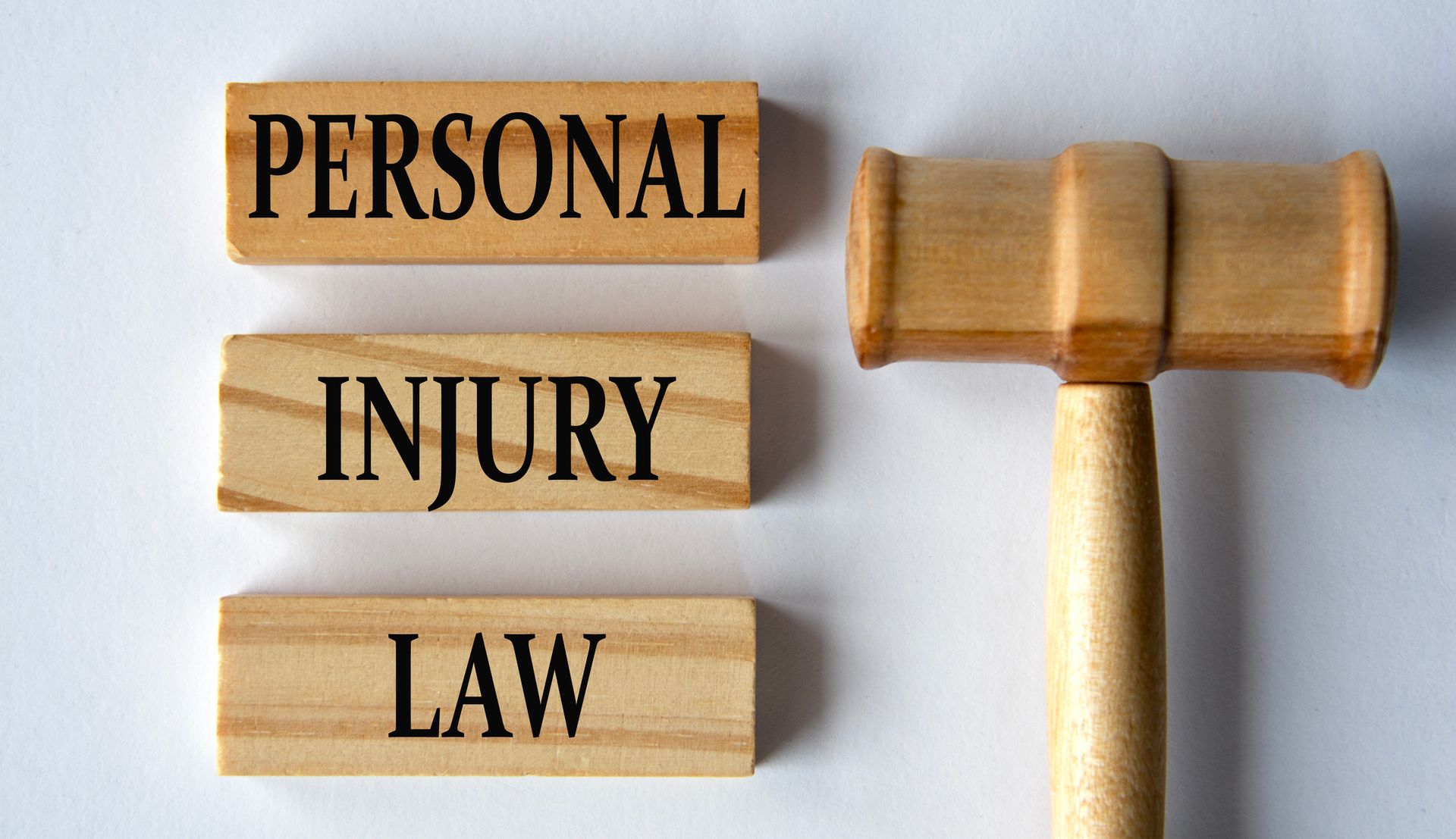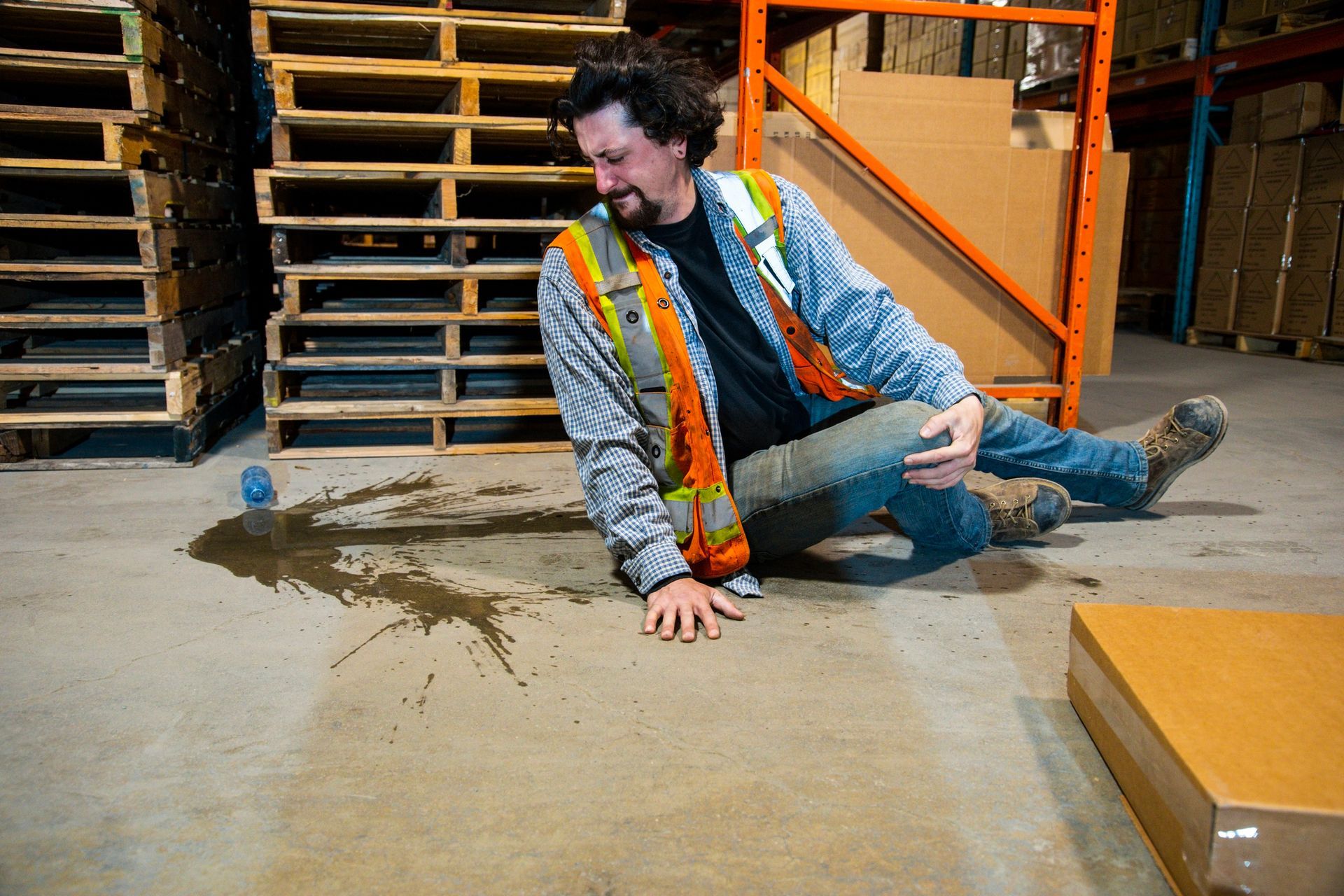Beware the Ides of March
Shakespeare's Famous Line Resonates Today--for Different Reasons
DRIVING IN HEAVY WIND AND RAIN
The Ides of March originally referred to the first new moon of the month, and at one point the Ides of March signified the New Year, which meant celebrations and rejoicing. But ever since Julius Caesar was assassinated on March 15, the day and phrase have come to mean doom and gloom, with Shakespeare using the phrase as an ominous warning. To stretch a metaphor a bit far, today the ides of March can refer to the unpredictable--and sometimes cruel--weather that is common in March.
Heavy rains are a fact of driving life in this country, especially this time of year. Weather-related vehicle accidents contribute to a far higher number of deaths in the United States than large-scale weather disasters, including tornadoes, hurricanes and flooding. Travelers face myriad weather-related hazards each year, including wet pavement, rain, snow/sleet, icy pavement, snow/slushy pavement, blowing dust and fog. We are now in a time of year – early spring – when all of those weather conditions are a possibility across many roadways in the U.S.
The U.S. Department of Transportation (DOT) said more than 5.8 million vehicle crashes occur each year based on statistics from 2007 to 2016. About 21 percent of those, or just over 1.2 million, involved hazardous weather. Those U.S. weather-related automobile crashes have killed an average of 5,376 people annually, accounting for about 16 percent of all vehicular deaths, the DOT said. More than 418,000 others were injured each year during that same period. For comparison, the 10-year average combined number of deaths each year from flooding, lightning, tornadoes, hurricanes and heat is 379 people.
According to the Federal Highway Administration, (FHWA), rain causes wet pavement, which reduces vehicle traction and maneuverability. Heavy rain also reduces visibility distance. These impacts prompt drivers to travel at lower speeds causing reduced roadway capacity and increased delay. Most weather-related crashes occur on wet pavement and during rainfall. Each year, 75 percent of weather-related vehicle crashes occur on wet pavement and 47 percent happen during rainfall. Flooding reduces roadway capacity by limiting or preventing access to submerged lanes. Inland flooding, usually following the evolution of a tropical storm or hurricane, has typically been the greatest source of fatalities, and caused the most damage to roadway infrastructure.
DETERMINING LIABILITY
When trying to determine liability in a car crash, the court will usually look at who was negligent. Negligence is determined by whether a driver violated his or her “reasonable duty of care” to others on the road. This can be a difficult question to answer when high winds are a factor. For example, if a sudden gust of wind suddenly pushes a car into another lane where it collides with another vehicle, was the driver at fault for not maintaining control of the vehicle, or did the driver violate his/her duty of care by not accounting for the wind and creating more space between his/her car and others on the road? If a gust of wind blows an obstacle into the road and causes a driver to lose control, can they be held liable for any injuries that occur when their car makes contact with another vehicle?
If you’re injured in an accident where the wind is a factor, it doesn’t mean you won’t be able to get compensation for your injuries, but it can make proving fault a little more complex, and the need for an experienced personal injury attorney representing you all the greater.
HIGH WINDS AS A FACTOR IN VEHICLE CRASHES
High winds can be a factor on the road, and as with other weather conditions, drivers have a responsibility to take those conditions into account when driving. Severe winds impact driving safety in several ways. Some of the most common are:
Low Visibility: When strong winds occur, they can blow dirt, snow, and other small debris into the air that makes it harder for you to see while you’re driving. When you can’t see where you’re going, it can easily lead to accidents because you can run off the road, hit another driver, or hit an object.
- Lane Obstruction: One of the main causes of car wrecks from high winds is from lane obstruction. Heavy winds can blow objects into the road, like trees, power lines, and other large objects that can cause accidents. Not only can a driver get into a collision with the object in the road, they can also get into an accident with other vehicles if they swerve to miss the object, or if they hit the obstruction and it causes them to lose control of their car.
- Traffic Speed: High-speed winds will likely cause drivers to slow down because they realize that the conditions are dangerous for normal speeds. This can cause traffic to slow down, and could in turn create a travel time delay. It could take longer to get where you’re going, or the roads could get more congested because everyone is slowing down.
SAFETY TIPS
In extreme conditions, the safest thing to do is stay off the roads altogether.
But if you have to drive regardless of the weather, here are some tips to help keep you safe in heavy rain and wind.
1. Be sure you can see
2. Be sure you can be seen
3. Slow down
4. Keep enough space between your car and other cars
5. Do not drive into standing water
6. Be alert for objects blown into the road, and for downed power lines
CONTACT A SKILLED PERSONAL INJURY ATTORNEY
If you are in a motor vehicle accident during severe weather, contact Dave Thomas at The Thomas Law Firm for a free evaluation of your legal claim.








